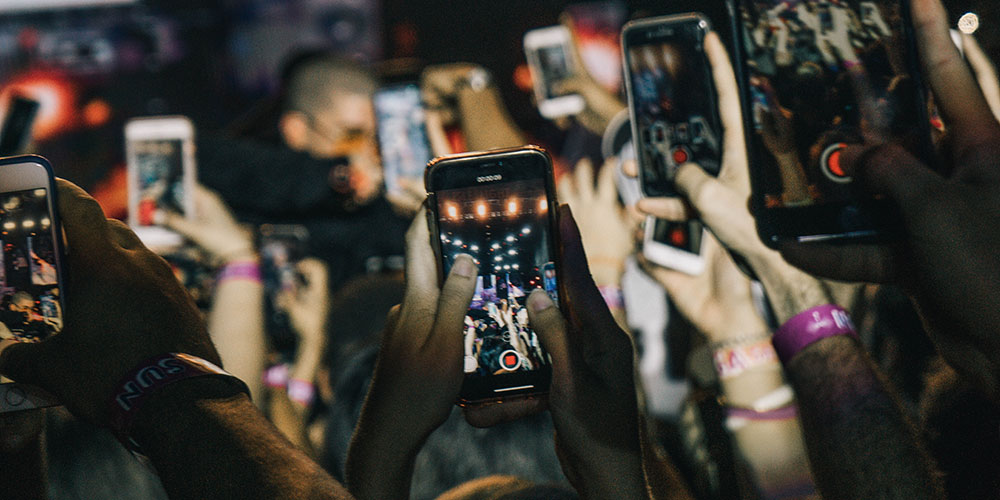Why we display belonging on Social Media
Previous research on social media has mainly focused on how often people use it. Researchers from the University of Basel and the University of Koblenz-Landau have developed a new construct for measuring why people spend so much time on these platforms – and what content they post.
28 November 2022 | Catherine Weyer
Are you the sort of person who likes to post photos on Instagram or Facebook and tag people in them? Do you frequently add things like “#bestfriends” or “BFFs”? If so, you probably have a high level of DTBP, or desire to belong publicly.
DTBP is a new construct developed by researchers from the University of Basel and the University of Koblenz-Landau. “DTBP allows us to bridge the gap between real life and social media,” says social psychologist Christiane Büttner. Büttner, who is a University of Basel doctoral student in psychology, worked together with colleagues Dr. Fanny Lalot and Professor Selma Rudert to examine a new area of social media research: how and why do individuals use social media? Previous research has focused primarily on length of time spent using platforms. The results were recently published in the journal Computers in Human Behavior.
Posts aim to show off how large your friend group is
The more important it is to users to represent their real-world social interactions on social media, the higher their DTBP score. Qualitative posts emphasize how close a social tie is to specific individuals, while quantitative posts are about displaying the largest possible network of friends. Ultimately, though, the motivation is the same: “How do I present my real life on social media so others will see that I have a great social network?” as Büttner sums it up.
This has deeper significance as well. On the one hand, such posts can strengthen existing social ties. On the other hand, other users can conclude from these posts that the poster is socially well-connected. This may positively influence perception of the poster’s popularity and attractiveness.
Addictive tendencies can be predicted
Evidence that the researchers are on the right track with their construct can be found in the predictions they are able to make using DTBP: “If we know the DTBP score, we can predict, for example, whether the particular individual is inclined to social media addiction,” Büttner says.
DTBP not only allows them to make predictions about an increased risk of addiction, but also to undertake interventions: “When we know what kinds of posts are indicative of a slide toward social media addiction, we can then show young users the ways they should not use the platforms,” Büttner explains.
Feeding new data into the construct
The social psychologists built their construct for a particular kind of social media platform: largely based on photos, with a permanently visible personal profile and the ability to tag people. “But its applicability is not limited to only Instagram and Facebook,” Büttner emphasizes. “It was important to us that it should also be possible to apply DTBP to platforms that don’t even exist yet.” New social media networks are being developed all the time, after all.
Following her research on phubbing and exclusion in social media, DTBP is one more piece of the puzzle for Christiane Büttner, but it won’t be her last. Next, she and her colleagues plan to combine the DTBP construct with objective information on social media use in order to ground their construct in additional data. This will allow them to examine, for example, the extent of differences in actual social media use, how social media addictions develop over time, and what users with higher DTBP scores like and comment on most frequently.
Original publication
Büttner Christiane, Lalot Fanny, Rudert Selma C.
Showing with whom I belong: The desire to belong publicly on social media
Computers in Human Behavior (2022), doi: 10.1016/j.chb.2022.107535



